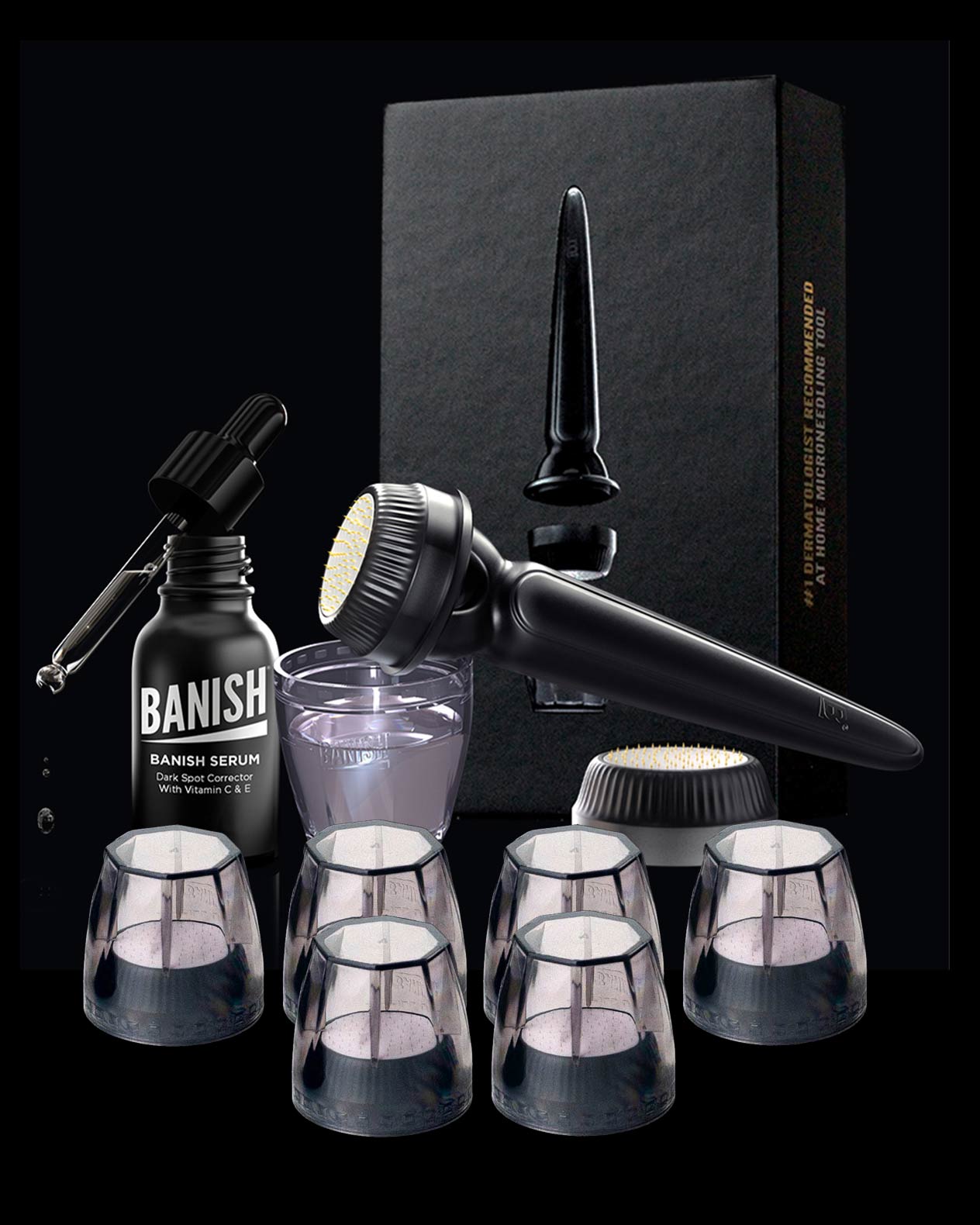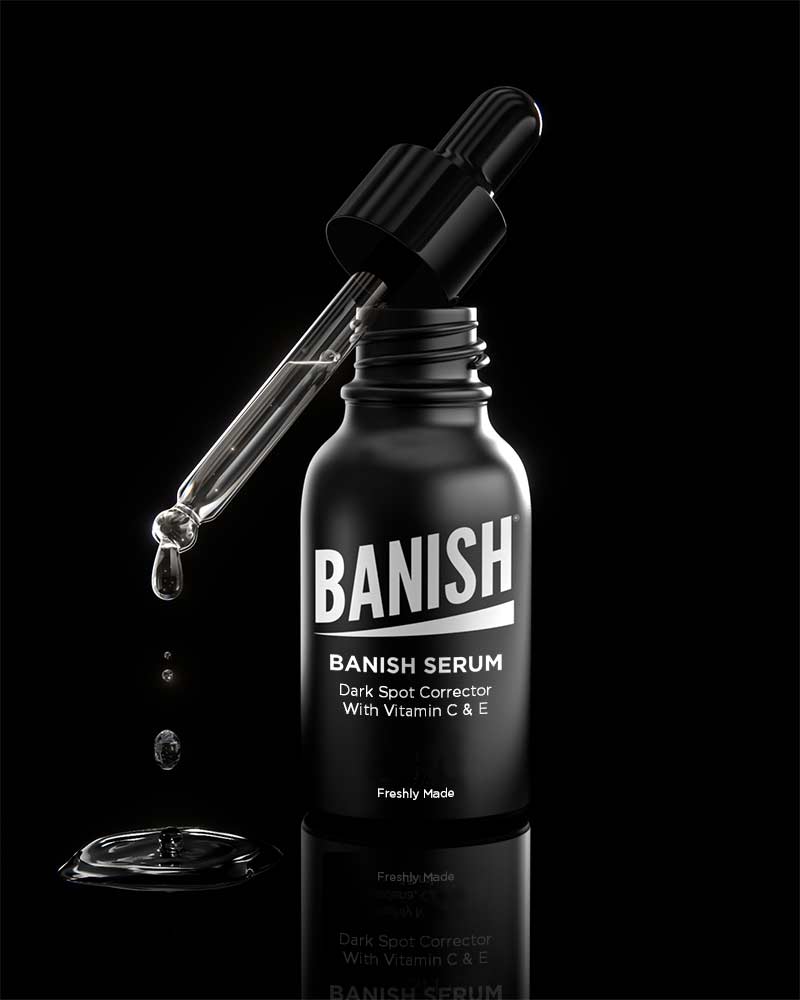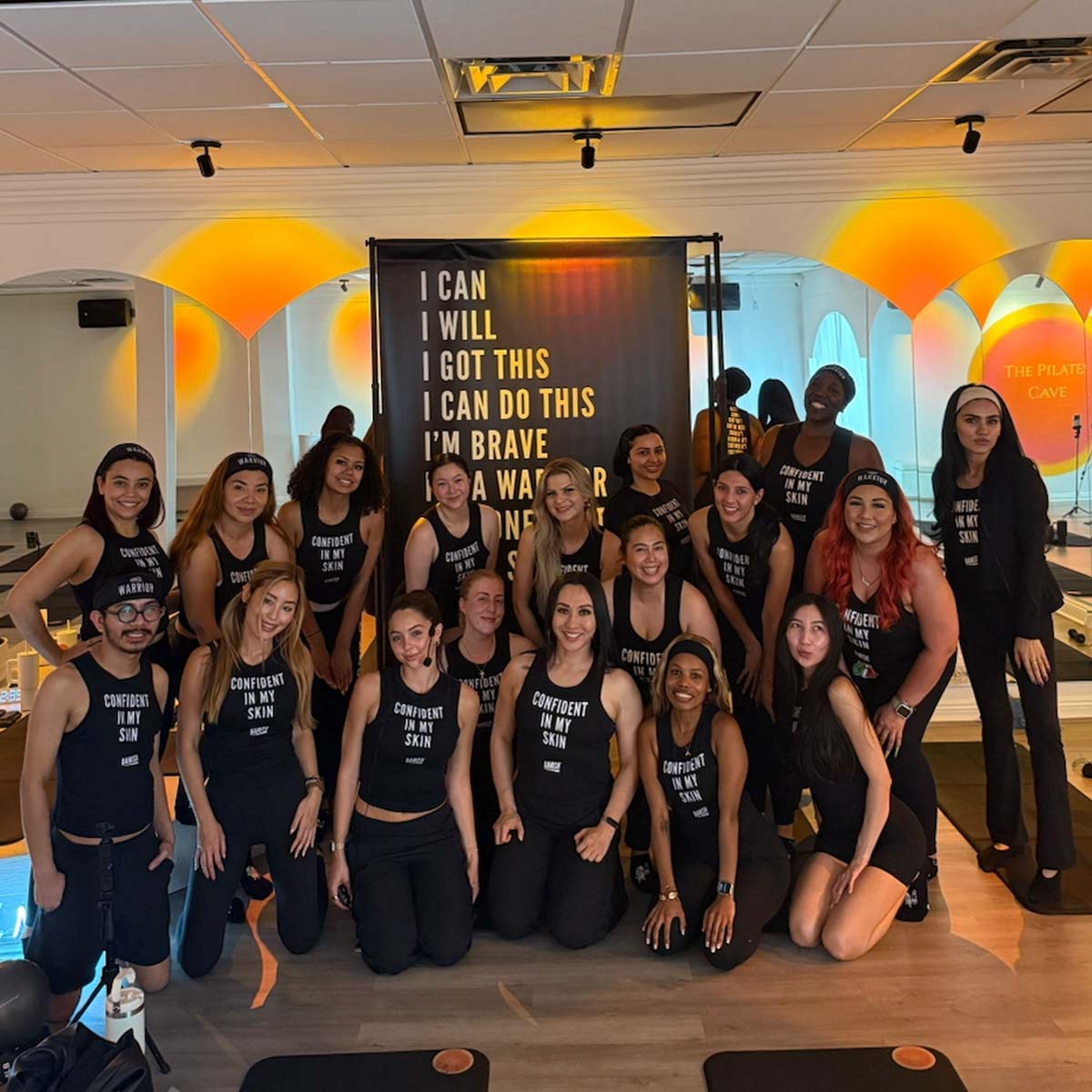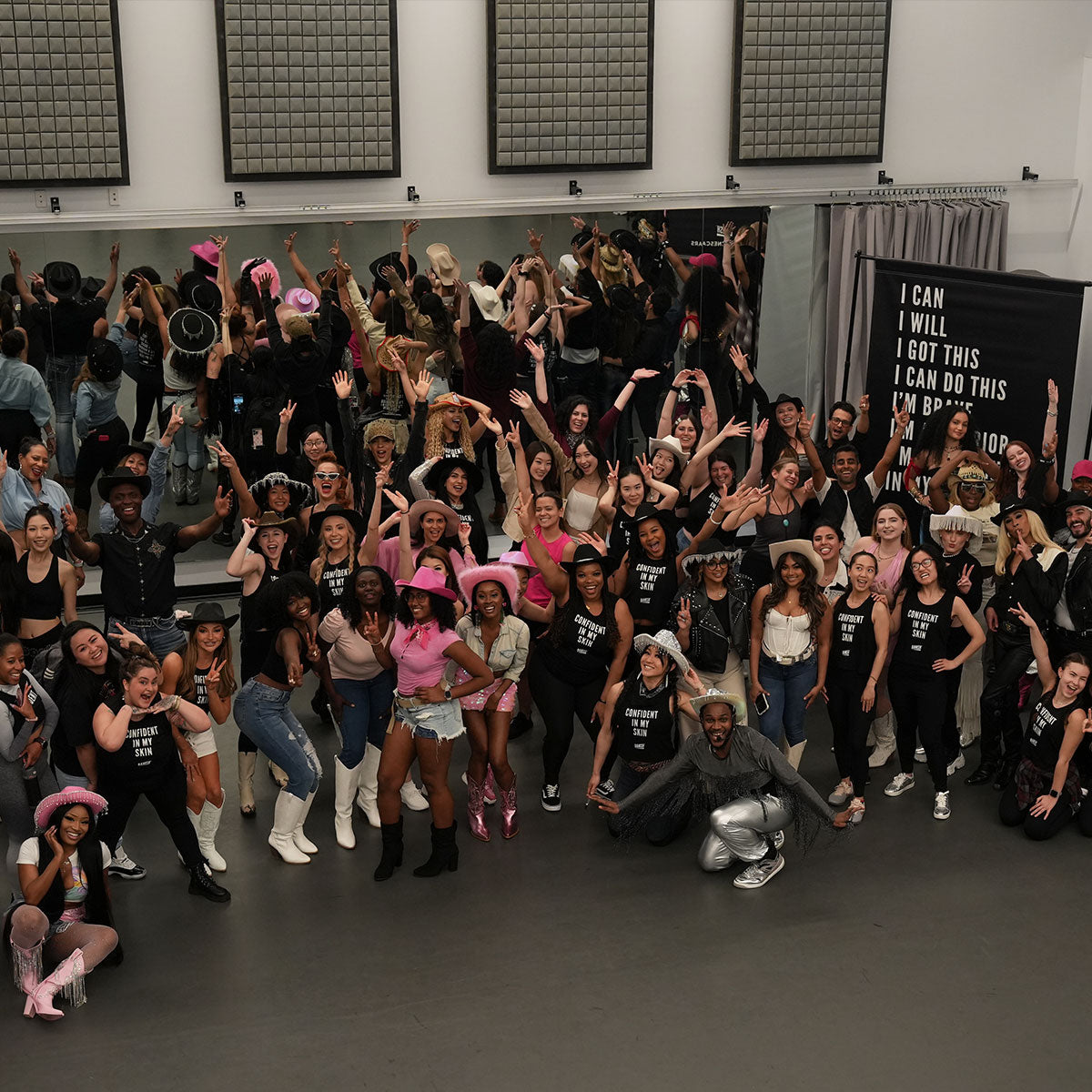There are so many products on the market to help improve the overall quality of our skin and your acne. We’ve got anti acne moisturizers, cleansers, eye creams, serums, oils, exfoliators, masks, various treatments—you get the gist. All these products are supposed to help you, and they help you in different ways. The question is, how do we use them? And in what order should they be used?
Growing up, nobody ever sat me down and taught me how to use these products while I was dealing with acne. In fact, I didn’t know there were so many types of products when I was a teenager. Here's how to apply your skincare in the correct order so you get the full effectiveness from your products. If you don't have a product for a certain step, feel free to skip it.
In Chronological Order
- Makeup Remover or First Cleanse ( Oil Cleanser ) For the days you use makeup, this should be the first skincare step you even think of. None of your other skincare products will be absorbed into your skin unless that layer of makeup is removed. Whether it be facial wipes, micellar water, and cotton pads, or an oil cleanser, you need to use a makeup remover before applying anything else otherwise the product will sit on top of your skin.
- Cleanser: Even though you’ve wiped off that top layer of makeup and gunk off your face, that does not mean your face is clean. Now you need to really get in there and clean your actual skin. This is done by using a facial cleanser of your preference. If it cleans your face well without harming your skin, then it’s doing the job. (Try to not use cleansers with beads or rough particles in them—that is for exfoliation. You don’t want to exfoliate every day).
- Clay Masks/Exfoliators (Only once or twice a week.): Now that your face is a squeaky clean surface, it’s time to treat the face. Masks (depending on the type you use—sheet, clay, etc.) typically work to deep clean, tighten, brighten, or even hydrate the skin. Exfoliators work to get rid of all the dead skin laying on the surface, to make room for the healthy skin to shine through; smoothing the skin out. They can be used through facial tools or products that physically scrub skin. There are also exfoliators that work chemically to loosen the uppermost layer of skin. Use a mask that is suitable for your skin type and issue.
- Toner: After you’ve cleansed, your face is now ready to absorb all the treatment you wish to give it! Using a toner helps firm your skin, along with improving elasticity. Most importantly, toners work to rebalance the pH in your skin that is sometimes altered from your cleansers. This step also helps pick up leftover dirt off your face you might’ve missed in cleaning. Toner will also prepare your skin to absorb the skincare you place onto it better.
- Prescription or Medicated treatments - You want to add these soon after cleansing to make sure that the medication is close to the skin and gets absorbed to work properly. Sometimes medicated treatments might be too harsh on the skin at first, so it's okay to move this to after the moisturizer step when starting off.
- Serum or Essence : Using serum is basically like eating your vitamins—but for your face! There are so many benefits to serums. It all depends on what your skin type is, and what you want doing. It can lessen wrinkles, encourage cellular turnover, hydrate, nourish with vitamins, and so much more. Essence is pretty much just a lightweight water version of a serum. If you have serums that contain actives like Vitamin C, niacinimide, etc. this is the step to apply them.
- Moisturizer: No matter what your skin type, moisturizing is an important step. Take the time to put some moisture back into your skin. If you’ve got oily skin, go for a lightweight water based moisturizer that sinks into your skin easily. If you have a hydrating mask, you can apply it in place of, or at this step too.
- If you’ve got drier skin, a heavier cream moisturizer will help hydrate your skin more and keep moisture from evaporating. Either way, this step helps keep your skin soft, healthy, and plump. (It’s also important to remember that the moisturizers you’re using may differ on the season of the year and the environmental factors you are experiencing.)
- Eye Cream: It’s never too early to start using eye cream. This reduces fine lines around the eyes that come with collagen loss. Using eye creams also may reduce dark circles under the eyes and puffy eyes for some. Your eyes are almost always the first thing people notice about you, so take the time to take care of them and aim for products that target what you most need for your eyes.
- Oils: The use of facial oils are becoming more and more popular. Many people are skeptical of using oils on the face, but if used correctly, it can do wonders. Different oils have different properties and not all oils are suitable for acne prone skin or oily combo skin types. Because oils tend to be more heavy and can be occlusive, they should be last in your routine. If an oil is used first, it will be harder for other products to sink in.
- Sunscreen: This should always be the final step in your day routine. Sunscreen is important because it prevents the ingredients you just applied from oxidizing in the sunlight, and it prevents UV damage in the skin which is a main contributor to collagen breakdown, and overall skin damage.
Maybe there are more acne skincare products you use than what is listed above, and maybe there are less. To put it into simpler terms: order your products from lightest and most watery to heaviest and thickest. The more clear and thin products go on first, and the heavier, creamier, and thicker products go on last. This ordering helps each product sink into the skin as equally as possible. When done correctly, your skin gets the most out of the products you use.
You don't need to use every single type of product listed here either, more doesn't always mean better results.
Sometimes a simpler routine is all your skin needs and it all depends on your skin type too. For example, dry skin might do better with an extra oil after moisturizer, while oily skin may do much better without the extra oil step.























Leave a comment
All comments are moderated before being published.
This site is protected by hCaptcha and the hCaptcha Privacy Policy and Terms of Service apply.